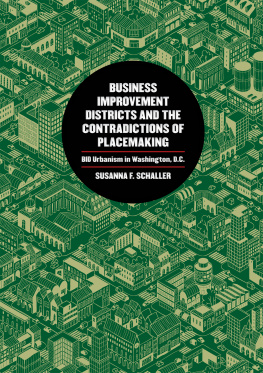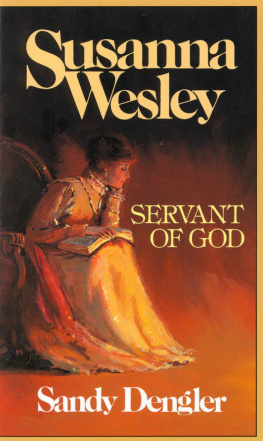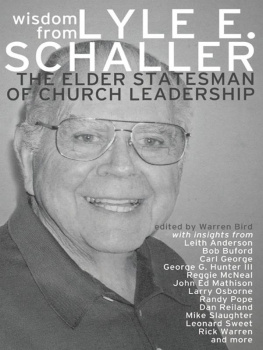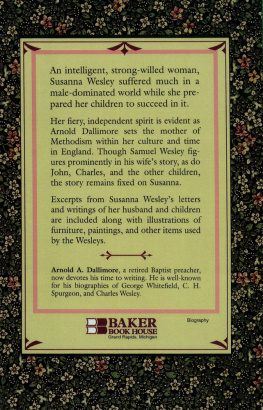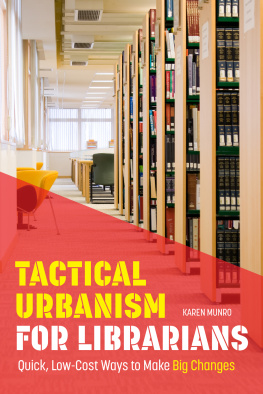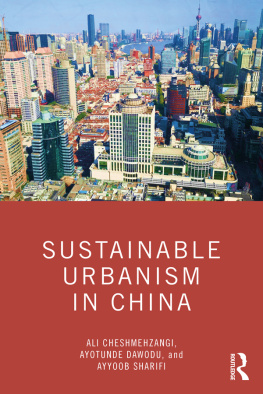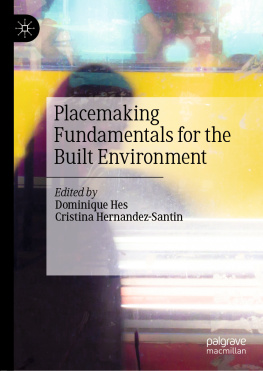Susanna F Schaller - Business Improvement Districts and the Contradictions of Placemaking: Bid Urbanism in Washington, D.C.
Here you can read online Susanna F Schaller - Business Improvement Districts and the Contradictions of Placemaking: Bid Urbanism in Washington, D.C. full text of the book (entire story) in english for free. Download pdf and epub, get meaning, cover and reviews about this ebook. year: 2021, publisher: University of Georgia Press, genre: Politics. Description of the work, (preface) as well as reviews are available. Best literature library LitArk.com created for fans of good reading and offers a wide selection of genres:
Romance novel
Science fiction
Adventure
Detective
Science
History
Home and family
Prose
Art
Politics
Computer
Non-fiction
Religion
Business
Children
Humor
Choose a favorite category and find really read worthwhile books. Enjoy immersion in the world of imagination, feel the emotions of the characters or learn something new for yourself, make an fascinating discovery.
- Book:Business Improvement Districts and the Contradictions of Placemaking: Bid Urbanism in Washington, D.C.
- Author:
- Publisher:University of Georgia Press
- Genre:
- Year:2021
- Rating:4 / 5
- Favourites:Add to favourites
- Your mark:
- 80
- 1
- 2
- 3
- 4
- 5
Business Improvement Districts and the Contradictions of Placemaking: Bid Urbanism in Washington, D.C.: summary, description and annotation
We offer to read an annotation, description, summary or preface (depends on what the author of the book "Business Improvement Districts and the Contradictions of Placemaking: Bid Urbanism in Washington, D.C." wrote himself). If you haven't found the necessary information about the book — write in the comments, we will try to find it.
Susanna F Schaller: author's other books
Who wrote Business Improvement Districts and the Contradictions of Placemaking: Bid Urbanism in Washington, D.C.? Find out the surname, the name of the author of the book and a list of all author's works by series.
Business Improvement Districts and the Contradictions of Placemaking: Bid Urbanism in Washington, D.C. — read online for free the complete book (whole text) full work
Below is the text of the book, divided by pages. System saving the place of the last page read, allows you to conveniently read the book "Business Improvement Districts and the Contradictions of Placemaking: Bid Urbanism in Washington, D.C." online for free, without having to search again every time where you left off. Put a bookmark, and you can go to the page where you finished reading at any time.
Font size:
Interval:
Bookmark:
Athens
Athens, Georgia 30602
www.ugapress.org
All rights reserved
Designed by Kaelin Chappell Broaddus
Set in 10/13.5 Utopia Std Regular
by Kaelin Chappell Broaddus
available from popular e-book vendors.
TITLE: Business improvement districts and the contradictions of placemaking :
BID urbanism in Washington, D.C. / Susanna F. Schaller.
DESCRIPTION: Athens, Georgia : University of Georgia Press, [2019] |
Includes bibliographical references and index.
IDENTIFIERS: LCCN 2018057928| ISBN 9780820355160 (hardcover : alk. paper) |
ISBN 9780820355177 (ebook)
SUBJECTS: LCSH: Central business districtsWashington (D.CPlanning. |
GentrificationWashington (D.C.) | Washington (D.CSocial conditions.
CLASSIFICATION: LCC HT177.W3 S33 2019 | DDC 307.3/4209753dc23
LC record available at https://lccn.loc.gov/2018057928
BID Urbanism in Washington, D.C.
Framing BID Urbanism and Placemaking
Urban Governance and Planning before BIDs
The Push for Bids
BID Urbanism Oils the Gentrification Machine
Situating Adams Morgan and Mount Pleasant
Neighborhood Identities Collide
BID Urbanism and the Politics of Exclusion
BIDs as Clubs
BID Urbanism beyond D.C.
Font size:
Interval:
Bookmark:
Similar books «Business Improvement Districts and the Contradictions of Placemaking: Bid Urbanism in Washington, D.C.»
Look at similar books to Business Improvement Districts and the Contradictions of Placemaking: Bid Urbanism in Washington, D.C.. We have selected literature similar in name and meaning in the hope of providing readers with more options to find new, interesting, not yet read works.
Discussion, reviews of the book Business Improvement Districts and the Contradictions of Placemaking: Bid Urbanism in Washington, D.C. and just readers' own opinions. Leave your comments, write what you think about the work, its meaning or the main characters. Specify what exactly you liked and what you didn't like, and why you think so.

